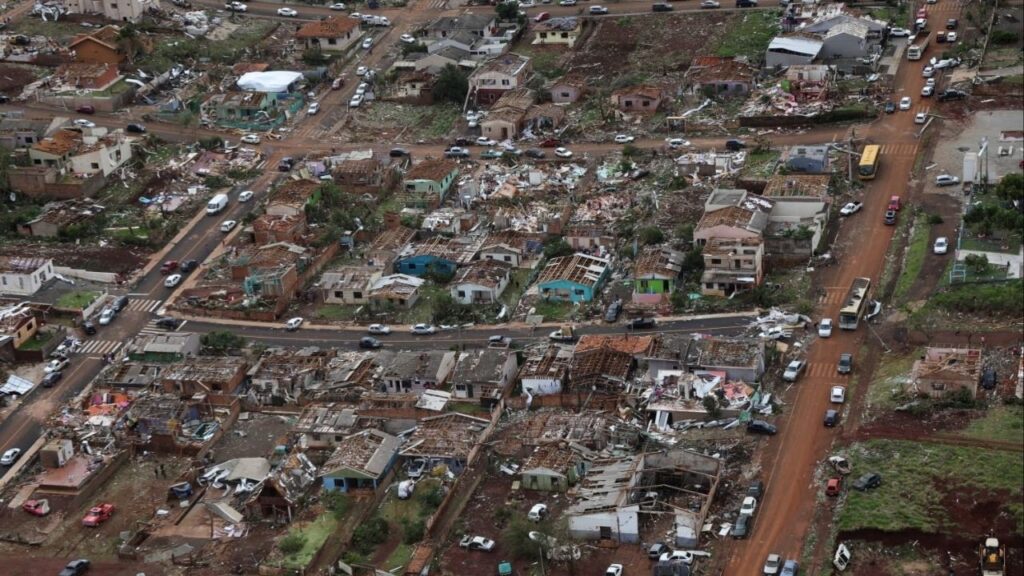Share
|
Getting your Trinity Audio player ready...
|
With many residents on high alert for flooding from the Sierra snowmelt, the state Department of Water Resources has begun an effort to divert high river flows from flood-prone Central Valley communities and into groundwater recharge basins.
Watch: FID Moves Kings River Floodwater Into the Aquifer
DWR is working with local agencies and equipment vendors to provide funding and secure much-needed temporary diversion equipment, including pumps and siphons, in support of local agencies.
The first temporary pumps and siphons were deployed by the Fresno Irrigation District on April 25. The district is reducing downstream flood impacts in the Tulare Lake region and expanding groundwater recharge by diverting water from Kings River reaches to existing recharge facilities and farmland.
FID Can Put Move up to 200,000 Acre-Feet Into Aquifer Annually
Kassy Chauhan is the special projects manager for FID. She says that in big water years like this one, the irrigation district — working with its partners — can put 200,000 acre-feet of water “into the underground (by) utilizing existing facilities and doing projects like the temporary pumps project. And, it will go a long way in our road to sustainability.”
FID’s other partners in this effort are the cities of Fresno and Clovis and the Fresno Metropolitan Flood Control District.
More About Temporary Pumps, Siphons
Here’s more info on how much water these pumps will divert:
- The pumps being deployed are equipped with flow meters and range in diversion capacity from 5 to 50 cubic feet per second of water from high-flow rivers. One cfs is equivalent to a basketball-sized quantity of water passing every second. A single pump operating at 5 cfs for 24 hours moves approximately 10 acre-feet of water per day.
- One acre-foot is about 326,000 gallons of water or the size of a football field with one foot of standing water. Most crops require roughly three acre-feet of water per year for every acre, and one acre-foot can supply nearly three households for an entire year.
- There are 15 temporary pumps in the planning and deployment phase in and around the Central Valley.
- Operating these pumps to divert water for the next four months could capture upwards of 55,000 acre-feet in spring runoff, alleviating flood impacts to communities and bolstering the amount of water stored underground.
“In times of emergency, it’s critically important that state and local agencies roll up our sleeves to coordinate and communicate what is needed,” said Paul Gosselin, DWR Deputy Director of Groundwater Management, in a news release. “Based on feedback from local agencies, DWR acted quickly to secure this needed equipment so agencies could expand their capacity to divert high river flows and increase groundwater recharge.”
The state is maximizing opportunities to capture and divert water from this year’s record snowpack, providing multiple benefits – diverting high flows from rivers that would otherwise drain to the flood-prone Tulare Lake Basin, using recently fallowed or open and working lands, and pumping and spreading water to recharge historically depleted groundwater basins.
RELATED TOPICS:
Categories

Tornado in Southern Brazil Kills Six, Injures Hundreds



















